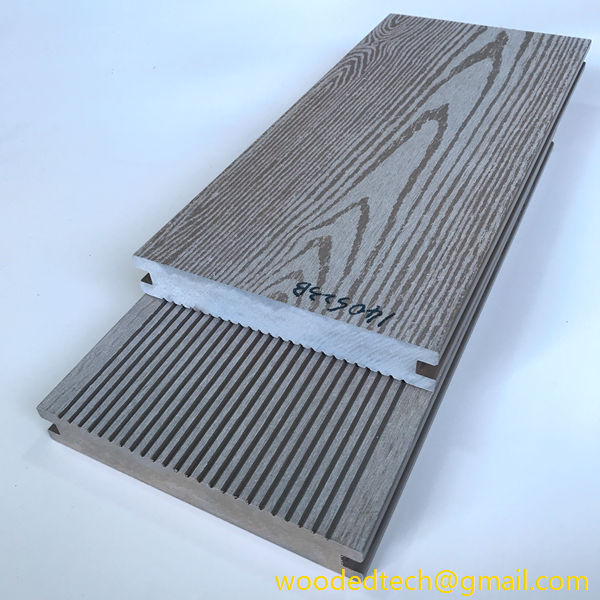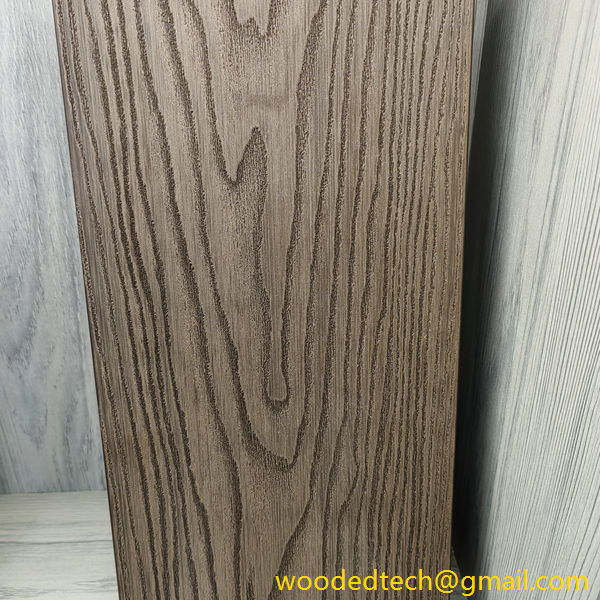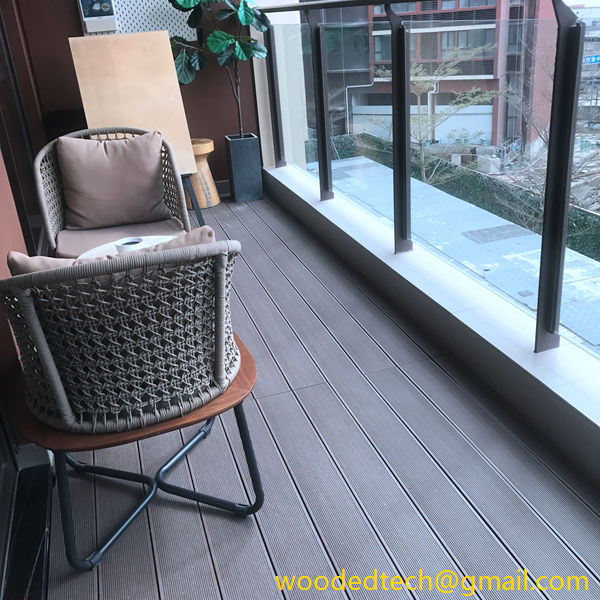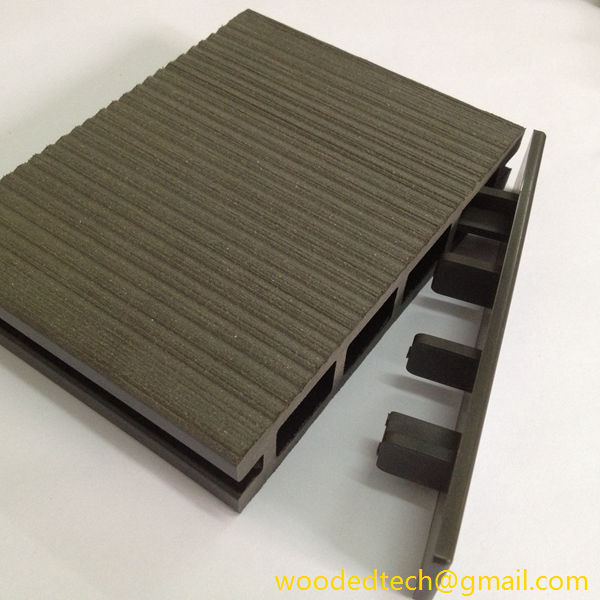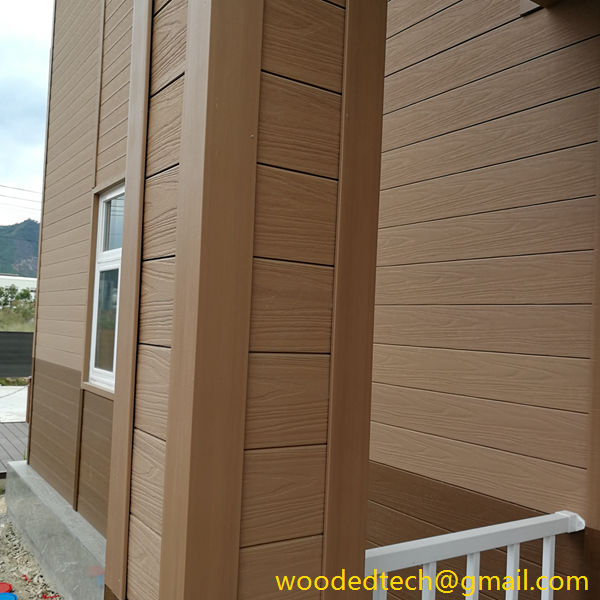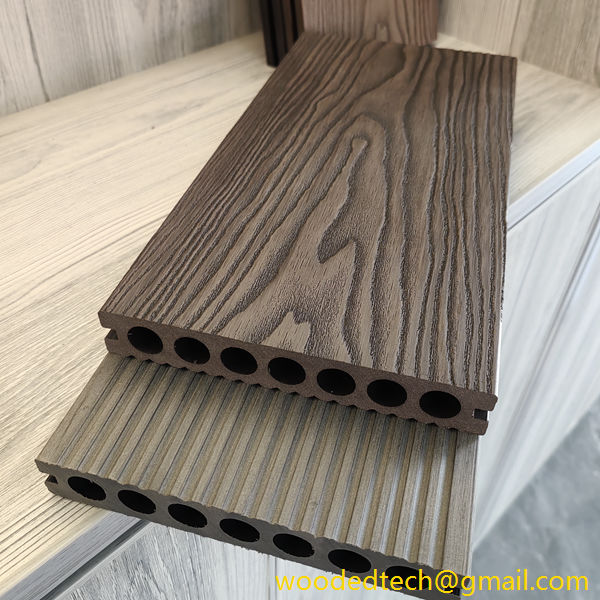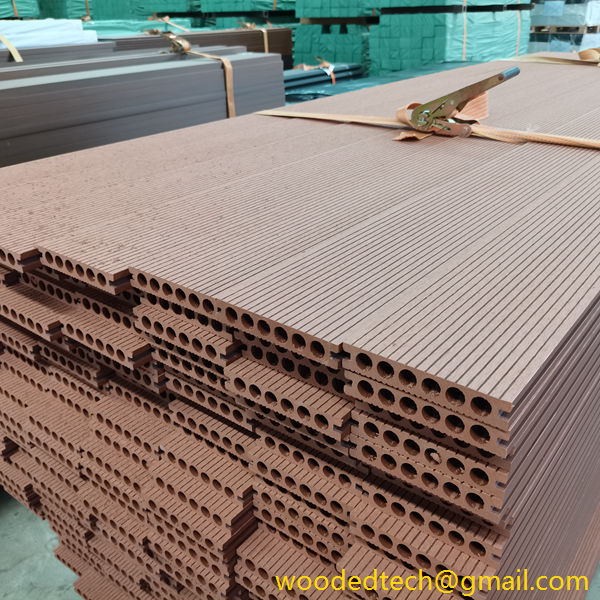Wood Plastic Composite (WPC) flooring has gained significant popularity in recent years due to its unique blend of aesthetics and functionality. As a hybrid material, WPC combines the natural beauty of wood with the durability of plastic, making it an ideal choice for various flooring applications. From a materials production process perspective, several factors influence the design and functionality of WPC flooring, allowing for innovative and diverse design ideas.
The production of WPC flooring begins with the selection of raw materials. Typically, WPC is made from a combination of recycled wood fibers and thermoplastics, such as polyethylene or polypropylene. The wood fibers provide the natural look and feel of traditional hardwood, while the plastic components contribute to the durability and water resistance of the material. Selecting high-quality wood fibers is crucial, as this affects the final appearance and performance of the flooring.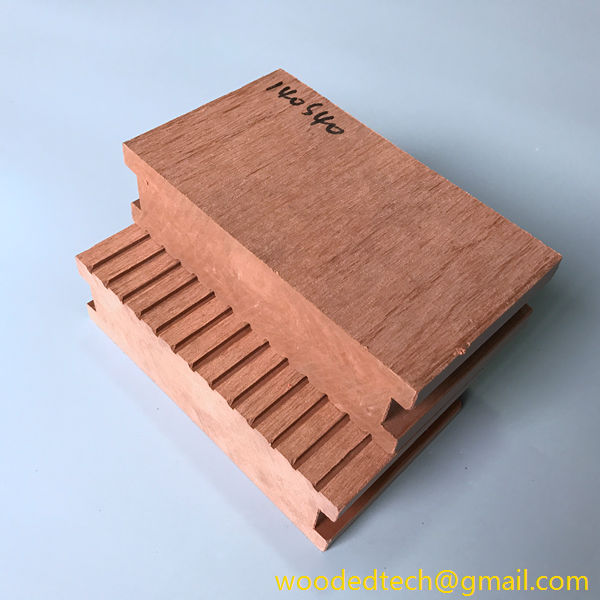
Once the raw materials are chosen, they undergo a process called compounding. During compounding, the wood fibers and plastic are mixed together in specific ratios to achieve the desired characteristics. This process often involves the addition of various additives, such as colorants, UV stabilizers, and anti-fungal agents, to enhance the performance and aesthetic appeal of the final product. For example, incorporating colorants during compounding allows manufacturers to produce a wide range of colors and finishes, catering to different design preferences in the market.
After compounding, the mixture is then extruded into planks or tiles. The extrusion process involves melting the compounded material and forcing it through a mold to create the desired shape. This step is critical as it determines the thickness, width, and length of the flooring product. Manufacturers can experiment with different profiles and textures during this stage, allowing for unique design ideas that mimic the look of natural wood grains or even innovative patterns that stand out in modern interiors.
Once extruded, the WPC flooring undergoes cooling and cutting processes to achieve the final dimensions. This stage provides an opportunity for additional design customizations, such as beveling edges or adding surface textures. Textured surfaces can enhance slip resistance, making WPC flooring a practical choice for residential and commercial spaces where safety is a concern. Manufacturers can also create embossed patterns that emulate the appearance of real wood, providing a tactile experience that is often sought after in flooring materials.
Another important aspect of WPC flooring design is its surface treatment. The final step in the production process often involves applying a protective layer or coating to the surface of the flooring. This layer not only enhances the visual appeal but also provides added protection against scratches, stains, and fading from UV exposure. Various finishes, such as matte, gloss, or satin, can be applied to cater to different aesthetic preferences. This versatility allows designers to create WPC flooring that complements a variety of interior styles, from rustic to contemporary.
In addition to aesthetics, the production process of WPC flooring also emphasizes environmental sustainability. The use of recycled materials in WPC production reduces waste and promotes the circular economy. Furthermore, the manufacturing process itself has evolved to minimize energy consumption and emissions, aligning with growing consumer demand for eco-friendly products. Designers and architects can confidently specify WPC flooring in their projects, knowing that it is a sustainable choice that does not compromise on quality or style.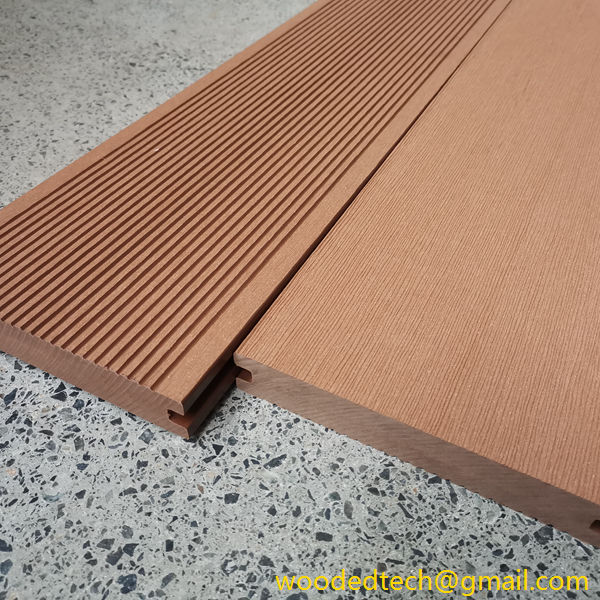
As WPC flooring continues to evolve, there are numerous design ideas that can be explored. For instance, the ability to create custom colors and textures opens the door for unique designs that reflect personal style. Designers can experiment with bold colors to create a focal point in a room or opt for more subdued tones that create a calming atmosphere. Additionally, the versatility of WPC allows for the integration of different patterns, such as herringbone or chevron designs, adding depth and visual interest to spaces.
In conclusion, the production process of WPC flooring plays a crucial role in shaping its design possibilities. From the careful selection of raw materials to innovative manufacturing techniques, every step influences the final product. The combination of aesthetics, durability, and sustainability makes WPC flooring an attractive option for various applications. As trends continue to evolve, WPC flooring will remain at the forefront of design innovation, providing endless possibilities for creative expression in interior spaces.

